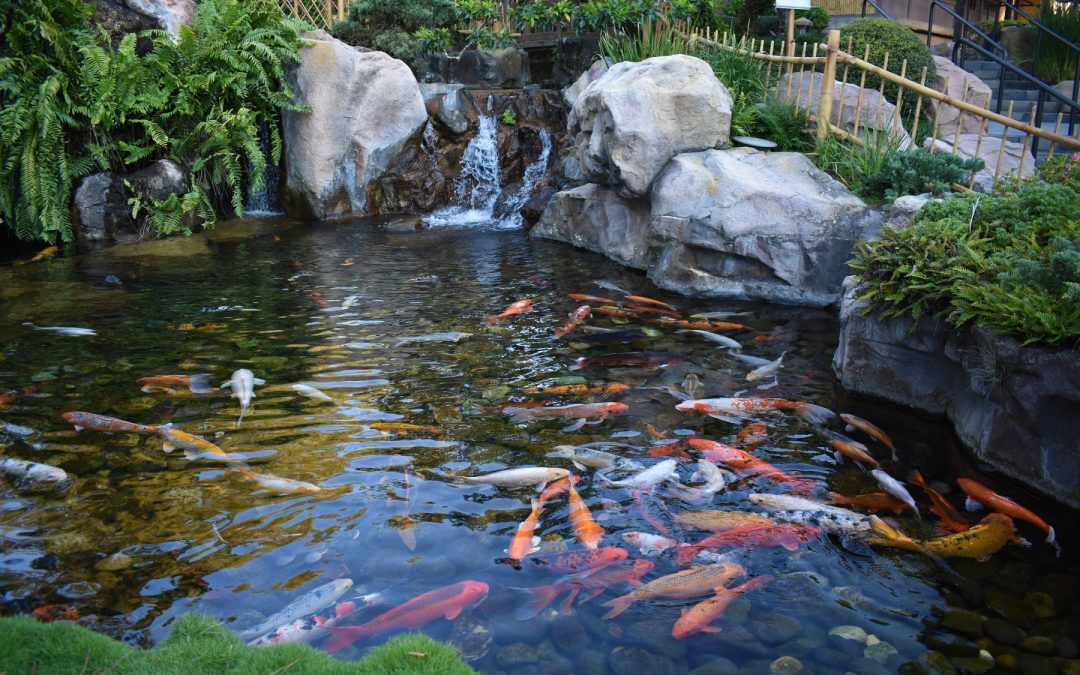Importance of water chemicals in your pond
CategoriesUncategorized
Nature provides natural filter for water, be it in the ocean, ponds, lakes, rivers … As a result, harmful chemicals such as ammonia and nitrites are naturally filtered. Add to it the large size of water bodies decreases the harmfulness of these chemicals since they are diluted and spread by the continuous movement of the water. When transferring some of the aquatic inhabitants (fish, aquatic plants…) to an aquarium, it is essential to replace the natural filter by equipment to monitor the water parameters to ensure the safety of the inhabitants. But what exactly happens if the water parameters are left unchecked?
We will begin with ammonia. The acceptable range of ammonia is zero. If the quantity exceeded zero, the gill of the fish will start burning causing high stress for the fish. If the ammonia is still unchecked for, the brain and organs of the fish will get damaged eventually leading to death, a painful one. To avoid high levels of ammonia, it is important not to overstock and overfeed your fish. You should also do water testing regularly and add water filter.
High level of ammonia will be followed with high level of nitrite. High level of nitrite leads to fish poisoning by causing a disease called “brown blood disease”. This disease limits the blood ability to carry oxygen leaving the fish suffocating even though there is ample oxygen present in the water. You will notice that the fish is gasping for breath at the water surface.
Later on, Nitrite will turn into Nitrate. Naturally, a high level of Nitrite will turn a high level of Nitrate. Although not as dangerous as ammonia and nitrite, high level of nitrate can stress your fish. It will make the fish more vulnerable to diseases. It will also hinder the growth of the young and decrease the likelihood of reproduction. If the level of Nitrate remains unchecked for, the fish will suffer from red blotches on their skin.
Another water parameter to account for is pH level. The acceptable range of pH level is usually between 6.5 and 7.5 depending on the aquatic life you’ re keeping. A high pH level can chap the fish skin. A low pH level can burn the fish’s skin and kill off the eggs.
Luckily, you can now measure all these parameters automatically and simultaneously at once using the ReefBot. As always, if you have any questions or feedback, please get in touch with us at [email protected]. We’d love to hear from you!



Recent Comments